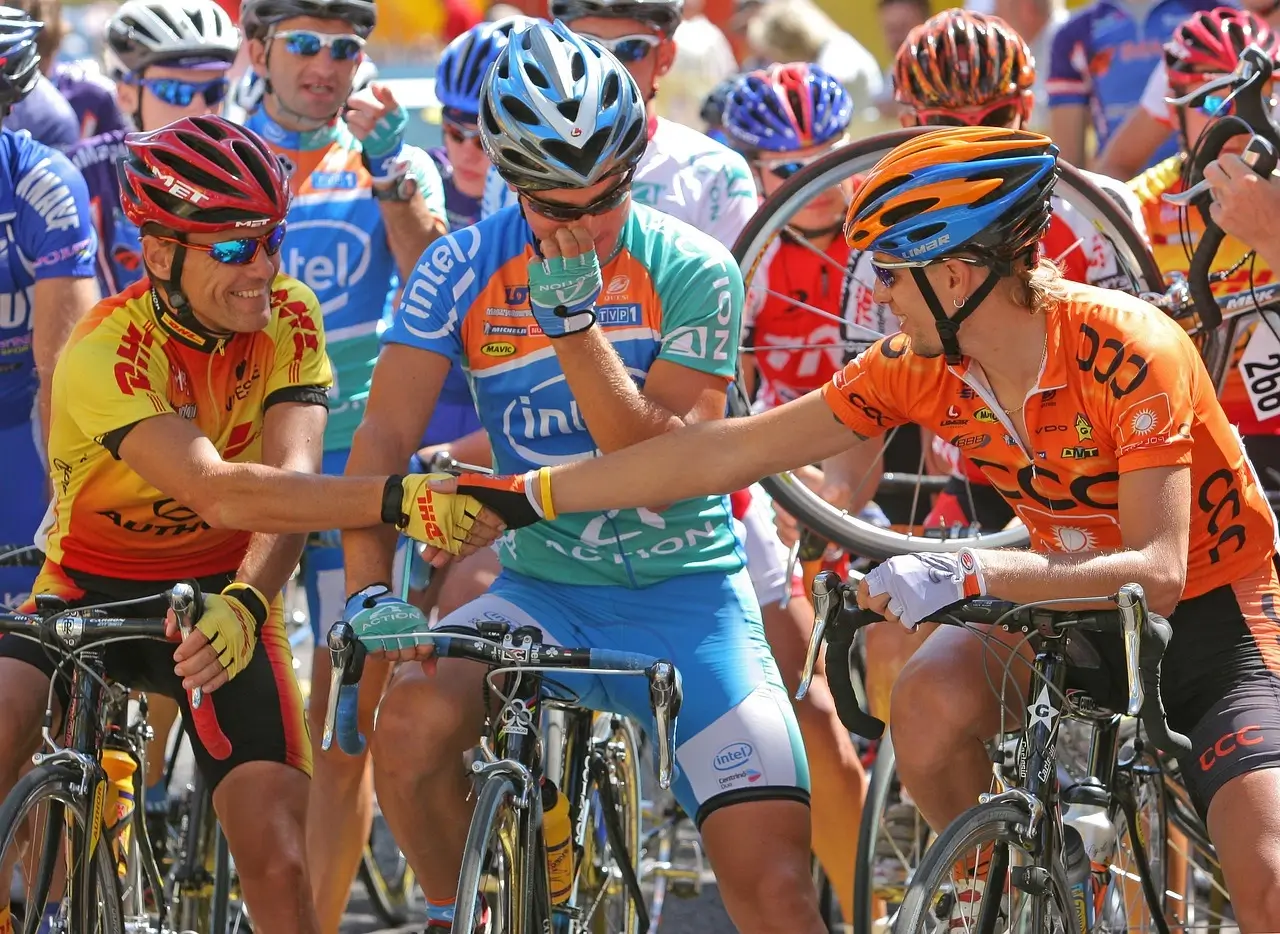Physical Challenges
Endurance and Stamina: Building endurance is a gradual process. Start with shorter rides at a comfortable pace, and gradually increase the distance and intensity. Incorporate interval training into your routine to boost stamina and resilience.
Hills and Climbing: Climbing steep inclines can be daunting. Practice on smaller hills, focusing on maintaining a steady pace and using gears efficiently. As your confidence grows, tackle larger climbs, remembering that it’s okay to take breaks.
Fatigue and Recovery: Listening to your body is key. Ensure you’re allowing adequate recovery time between rides, especially after more strenuous sessions. Incorporate stretching and consider yoga or foam rolling to aid muscle recovery.
Mechanical Challenges
Maintenance Skills: Familiarise yourself with basic bike maintenance. Learning to fix a puncture, adjust your brakes, and maintain your chain can save you time and stress during your rides.
Common Mechanical Issues: Carry a basic repair kit on all rides. This should include a spare tube, tyre levers, a multi-tool, and a mini-pump. Knowing how to use these tools can turn a ride-ending breakdown into a minor delay.
Equipment Selection: The right bike and gear can make a significant difference. Research and select equipment that matches your cycling goals and the conditions you’ll be riding in, whether it’s a lightweight road bike for speed or a sturdy mountain bike for off-road trails.
Environmental Challenges
Weather Conditions: Dress in layers to adapt to changing conditions, and invest in waterproof gear for rainy days. For hot weather, wear breathable fabrics and always apply sunscreen.
Navigating Traffic: When cycling in urban areas, stay alert, signal your intentions to drivers, and make eye contact at intersections. Familiarise yourself with local traffic laws to ensure your safety and that of those around you.
Route Planning: Use apps and websites dedicated to cycling routes to plan your rides. Look for routes with bike lanes or trails to avoid heavy traffic and enjoy a safer ride.

Psychological Challenges
Motivation: Set clear, achievable goals to keep your motivation high. Joining a cycling club or participating in events can also provide a motivational boost and a sense of community.
Fear and Anxiety: Start by riding in safe, low-traffic areas to build confidence. Gradually expose yourself to more challenging conditions as you feel comfortable. Remember, it’s okay to dismount and walk your bike if you ever feel unsafe.
Solo vs. Group Riding: Both have their benefits. Solo rides offer freedom and flexibility, while group rides provide social interaction and can push you to perform better.
Health and Safety Challenges: Injury Prevention: Proper bike fit is crucial to avoiding overuse injuries. Consider a professional fitting to ensure your bike is adjusted to your body. Always warm up before rides and cool down afterward to prevent muscle strains.
Nutrition and Hydration: On longer rides, bring water and snacks like energy bars or fruit. Staying hydrated and fueled is essential for maintaining energy levels and preventing bonking.
Overcoming Social and Cultural Barriers
Finding a Cycling Community: Look for local cycling groups or clubs. Online forums and social media platforms can also connect you with fellow cyclists.
Dealing with Stigma: Educate those around you about the benefits of cycling and advocate for cyclist rights and road safety.
Promoting Inclusivity: Support initiatives that make cycling more accessible to diverse populations. Everyone deserves to enjoy the benefits of cycling.
Conclusion
Cycling challenges are part of the journey, but they don’t have to be roadblocks. With the right approach, preparation, and mindset, you can overcome these challenges and enjoy a fulfilling cycling experience. Remember, every pedal stroke is a step towards improvement. Embrace the journey, learn from the challenges, and pedal on towards your cycling goals.
Ready to take your cycling passion to the next level? Dive into the exciting world of cycling sports betting with PIWI247. Whether you’re a seasoned bettor or new to the game, PIWI247 offers comprehensive betting options on cycling events around the globe. Start Betting on Cycling with PIWI247 today and experience the thrill of the race from a whole new perspective. Join now and be part of the action!


